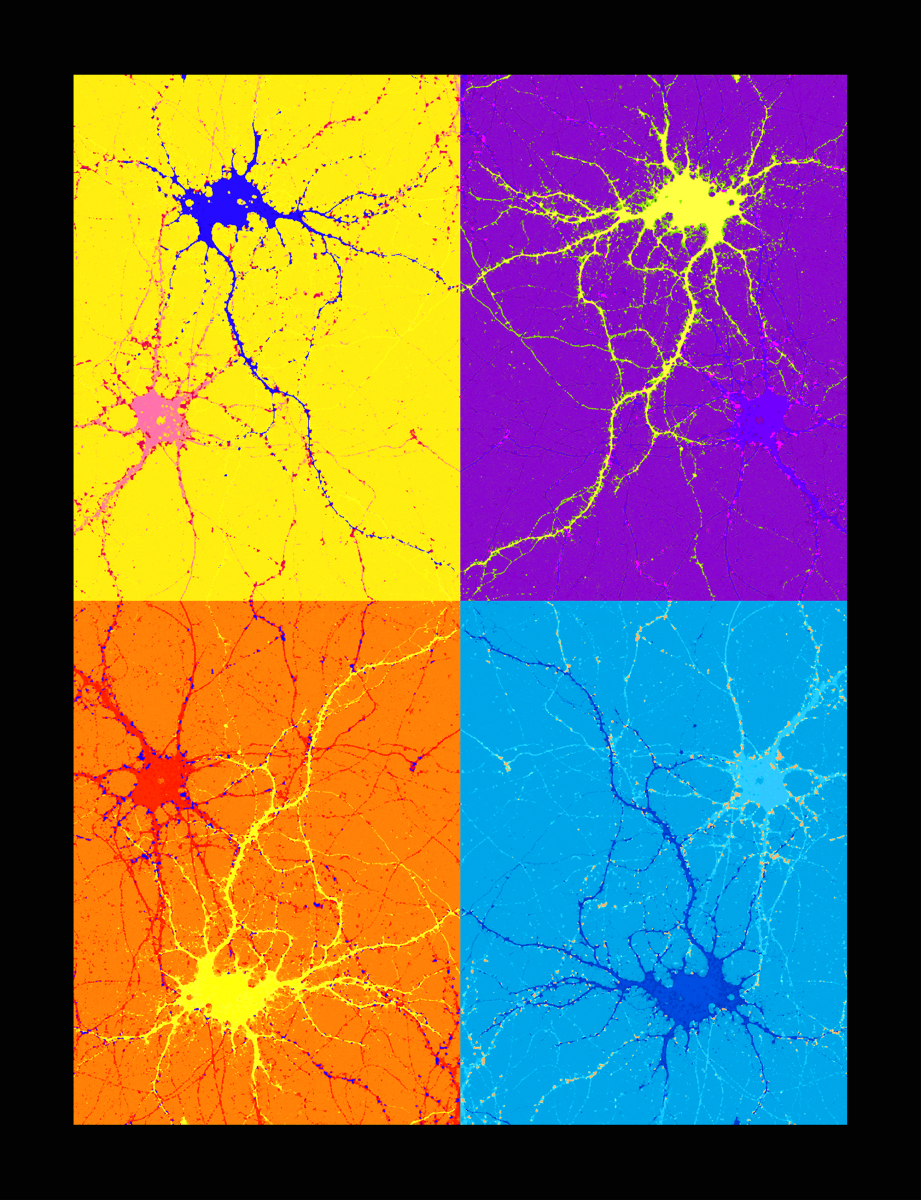 Matthew O'Bannnon
Matthew O'Bannnon
Art and science are typically considered opposing areas of study. However, with increasing examples such as artists illustrating scientific discoveries and scientists working to preserve priceless works of art, the truth is that they’re often intricately linked. Here are five unique fusions from the realms of art and science:
1. Chemistry and Fashion: Catalytic Clothing
Chemists generally aren’t known for their fashion sense (or maybe not in the right way), but designers and chemists have collaborated to create clothing coated in nanoparticles that purify the air as they’re worn. The catalytic nanoparticles break down nitrous oxide and volatile organics that come right off in the wash.
2. Particle Physics and Art: Arts at CERN
“Promoting the dialogue between artists and particle physics” may not be a frequently discussed topic, but that’s the entire mission behind the Arts at CERN program in Geneva. Sponsored projects range from video art to musical composition, all inspired by particle collisions at mind-boggling speeds.
3. Environmental Science and Music: The ClimateMusic Project
If photos of melting ice aren’t quite shocking enough, try listening to Earth’s changing atmosphere. This linkup of musicians and scientists creates original compositions and accompanying visuals based on climate data to present the science to the public in a more relatable way.
4. Entomology and Sculpture: BioArt
3D printing is nothing new for honey bees. Artist Hilary Berseth uses sweet sculptures of plywood and polystyrene to cultivate eye-popping beehives.
5. Neuroscience and Art: Art of Neuroscience
Microscopic images of cells are often stunning. So much so that Stanford University’s Neuroscience Institute decided to make a competition out of them. Students and staff submit original works from their research. In fact, Quartzy user Lin Ning of Michael Lin’s lab took home first prize in the 2016 competition for her depiction of hippocampal neurons, titled Synaptogenesis (pictured above).
Quartzy is the world’s No. 1 lab management platform. We help scientists easily organize orders, manage inventory, and save money. We’re free and always will be. Visit Quartzy.com or reach out at info@quartzy.com.
Interested in writing for The Q? Send us an email!
Share this:

Matthew O'Bannon
Matt graduated from Purdue with a BS in biochemistry. This bio isn't long enough for him to list his extensive experience in
